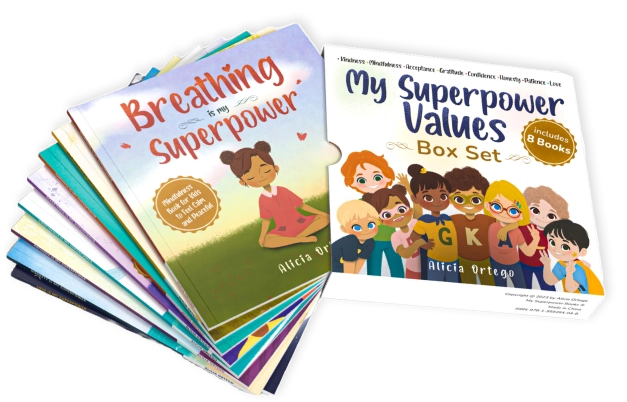Your 101 to Vision Boards for Kids
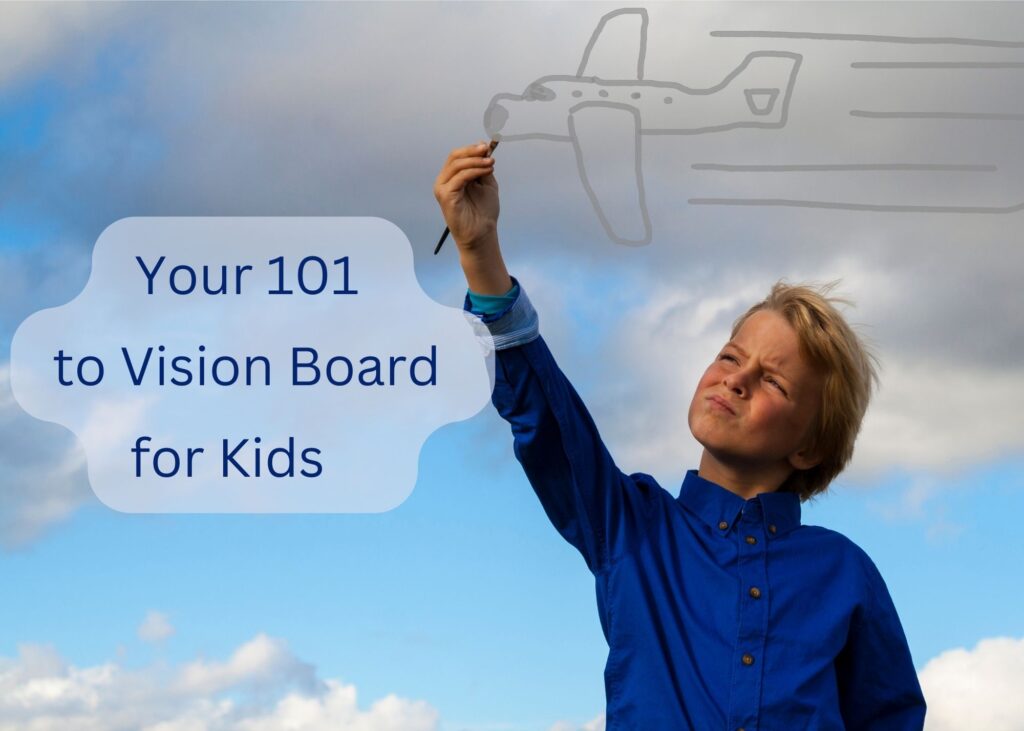
Nowadays, people are deeply concerned about their emotional condition and well-being. More and more men and women care for psychology, take part in meditation sessions or buy numerous books on self-improvement.
No less popular are vision boards that are believed to promote success and desire fulfillment. The topic is controversial, though. Yet, it’s become so widespread that a vision board for kids arouses no surprise. But can a child benefit from a picture on the wall indeed? Let’s talk about it today.
Kids Vision Boards: a New Trend or a Useful Thing?
An article in the Journal of Experimental Social Psychology sheds light on the question concerning the advantages of a vision board. According to it, hanging pictures of one`s dreams on the wall only decreases the chances of getting them in real life. The point is that scientists believe that people become too concentrated on contemplating their dreams rather than coming up with a detailed plan for their implementation.
Still, not all researchers share such a viewpoint. There was a study on weightlifters` brain patterns. It turns out that just visualizing lifting hundreds of pounds activates the same brain patterns when lifting it in real life. Sports psychologists recommend visualizing games or competitions where a sportsman succeeds. Experts insist on imagining every single detail to make oneself believe in a victory. When a person pictures himself succeeding in achieving a goal, he is using his inner strength.
A vision board may be a way to concentrate on important issues. Yet, it doesn’t work if only gazing at it. In fact, no matter how long to contemplate it, one should take action to make the desire real.
As long as one acts decisively, a vision board may be helpful. What about kids, it can motivate them as well. Still, be sure a kids vision board:
- Only defines the direction of future actions;
- Is not perceived as an achieved result, but only as its outline;
- Makes kids come up with a plan of making the depicted stuff true;
- Doesn’t distract boys and girls from the aim.
Vision Board Ideas for Kids
The aims, as well as the content of a vision board, cannot be the same for all age groups. Take, for example, a homeschool vision board. It can be divided into different steps (for school children) and contain only several pictures (for toddlers). Also, the goals of 3 and 10 years olds aren’t the same as well. Parents have to take it into account when looking for a visual goal setting template.
Vision Boards for Toddlers
At this vulnerable age, kids can concentrate only on short-term goals. What types of goals for my child I can set, then? The answer is: there should be material things such as toys or books. A nice example of a vision board for kids is a vision board made at the beginning of December. Your kid may depict a picture of his dream toy on it. Tell your little one that Santa can hear his wish and fulfill it, but he should behave himself. It would be a great example of how a vision board works.
By the way, goal definition for kids may be too complicated at this age. Real-life examples work much better. A report from the Institute of Medicine and National Research Council touches upon the learning abilities of kids. They conclude that babies and toddlers can see casual relationships. The connection between the visual board and the present a child will receive is obvious for them as well.
How to Make It?
You can help your little one make a vision board. The options can also vary. The only must-have is a big sheet of paper to hang on the wall.
- Ask your kid to paint his goal;
- Cut out a picture of a toy and glue it to the paper;
- Decorate a board with stickers, other cutouts, ribbons, etc.
- Don’t picture too many objects (aims), because a kid`s too small to comprehend it all at once.
Vision Boards for Preschoolers
4-5 years olds have enough potential to make their own first steps, i.e. their achievements. The most common example is a music or sports competition where the result is their ranking and a prize or a gold medal.
It’s a brilliant opportunity to show kids that their dream may look so cool on a board, but to make it real they ought to work hard on it. They should visit workout sessions, read more and devote enough time to self-development rather than looking at the visual board and imagining the unrealizable win.
But a board can remind them from time to time, what happiness awaits them indeed if they do their best. In such a way, children develop self-discipline, and patience and learn to foresee the consequences of their actions. In short, hard work means a desirable result when laziness can bring only failure.
Take a look at a vision board template for pre-schoolers and elementary school students. Click here for a Downloadable PDF.
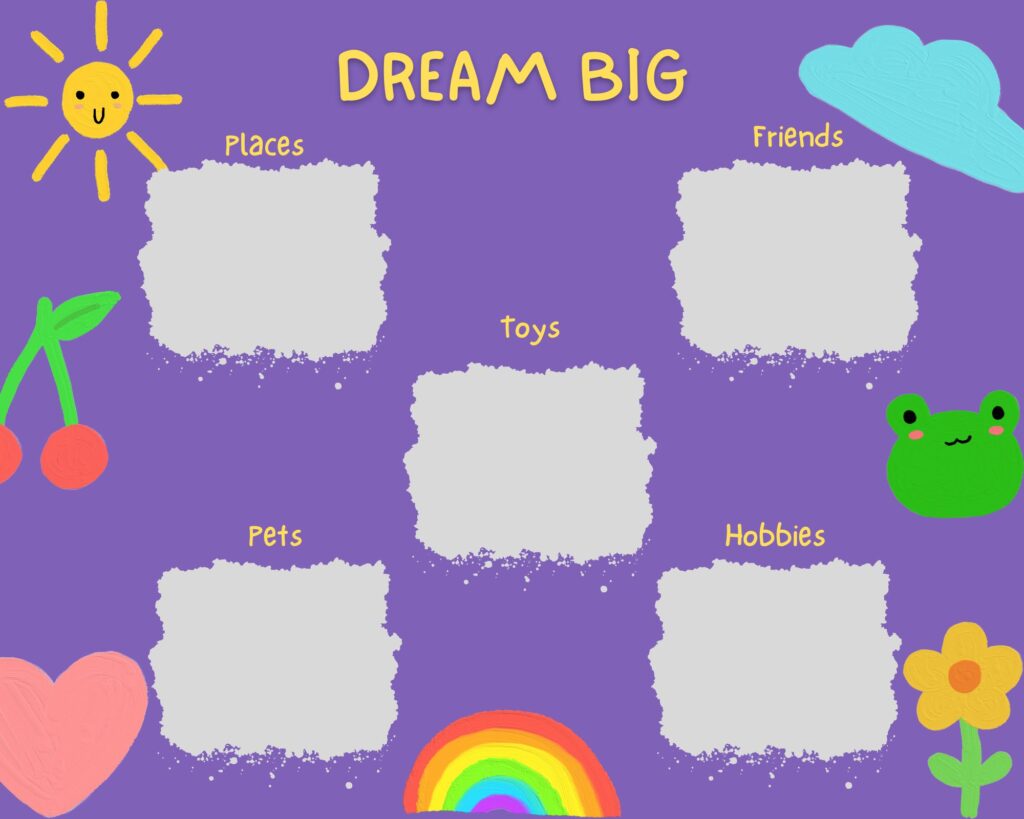
What Kind of a Vision Board to Use?
Since kids are older, there can be several goals. But still don`t overload it. Focus on 2-4 main goals which are quite achievable in the nearest future.
- Cut out a picture and glue it to a sheet of paper;
- Paint an aim;
- Write a simple motto;
- Decorate the board using any art tool your kid wants to.
Vision Boards for Elementary School Students
Some kids are able to develop a step-by-step plan to achieve their goals. Talk about their dreams and desires and help to formulate some vital tasks for a few months.
Then try to focus on dividing it into single steps. Show them an example. Take, for instance, a trip to Disneyland. Explain that you should collect enough money, first. Then buy a plane ticket, and do other arranging stuff (take a day off at school/job, etc.) to make the trip happen. You can come up with your own example, though.
The core thing here is to create a step-by-step plan and follow it until the aim is achieved. Think together with your child about the aims he has and then help him to split the success into several steps. He`ll feel more confident and have a better understanding of the stress-dealing strategies.
What to Paint on a Vision Board for Preschoolers?
Most kids like cutoffs and paintings. Here are more creative ideas for the kids vision board:
- Paint each step and illustrate it. Do you need to buy a ticket? Cut out a picture of a ticket office from a magazine. Disneyland? Cut out a picture of it or paint it.
- Use arrows or other signs to show the sequence of actions. Make a clear structure.
- Write down each step and leave a place to tick it off when it’s time for it.
- Decorate it in a style your little one wants.
Vision Board for Middle School Students
Children are old enough to come up with their own designs and aims to achieve. You can only give them an idea or advice. The aims can also transform. Now kids can depict the ones which have no exact end: playing the guitar, reading books, or doing yoga. However, they should have some checkpoints. Take, for example, reading at least 10 books in a year, learning to play 5 new melodies, etc.
How to decorate it? There are no limits to one’s imagination. Surf the net in search of a visual goal setting template or apply your own talents and creativity.
Enjoy this colourful vision board template for middle-schoolers. A Free Printable is also available.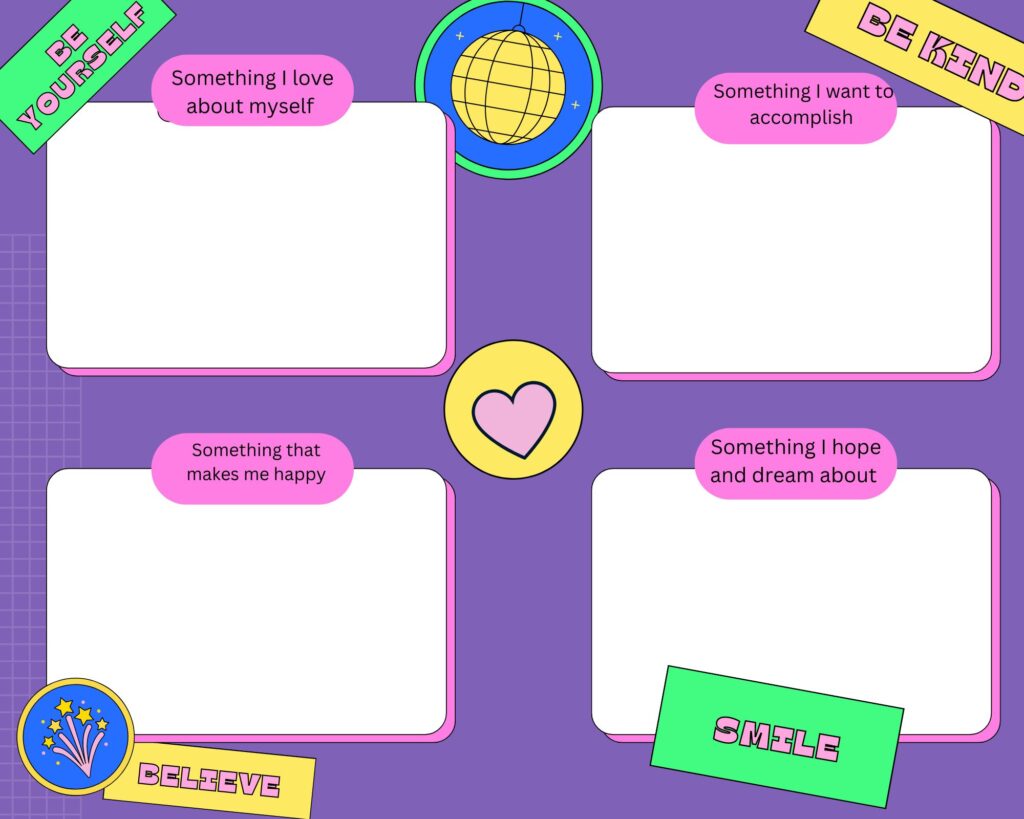
Conclusion
One may doubt the benefits of a vision board for kids. But you can adjust it to your child’s needs and take advantage of depicting his aims. It may not work out, but it makes him think about his future. And that’s quite enough to make your little one more self-aware and goal-oriented. Furthermore, your kid will learn to create a detailed plan for catching his dreams, and that’s one of the success elements.
More articles
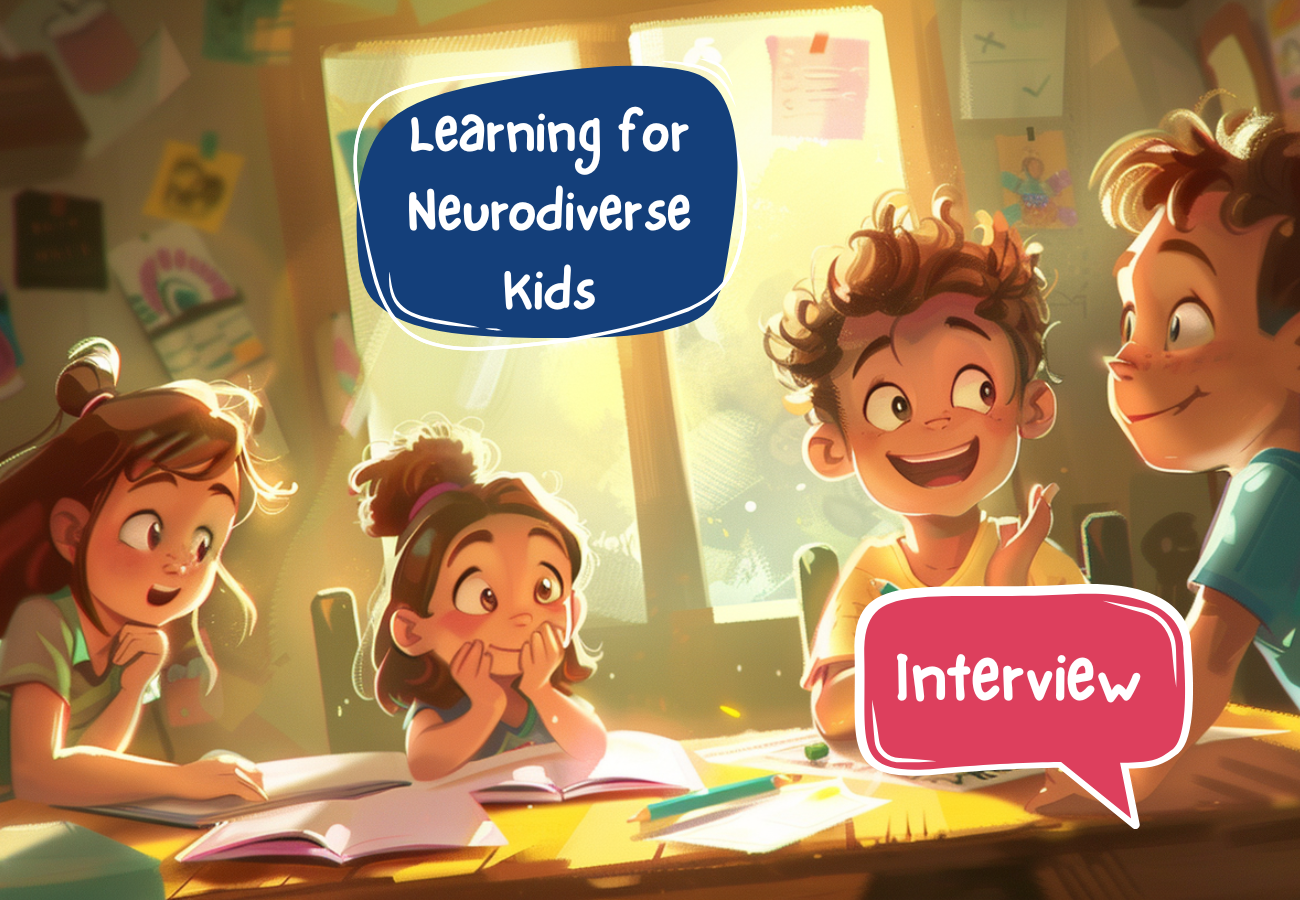
Creating Joyful Learning for Neurodiverse Kids: A Homeschooling Mom’s Journey with Alicia Ortego Books
A New Path in Education We always love hearing how our books support children and parents around the world. Recently, we spoke with a mom of three neurodivergent boys and the founder of Backyard Academy. Every day, she looks for creative ways to approach learning and parenting, and she shared with us how Alicia Ortego’s […]
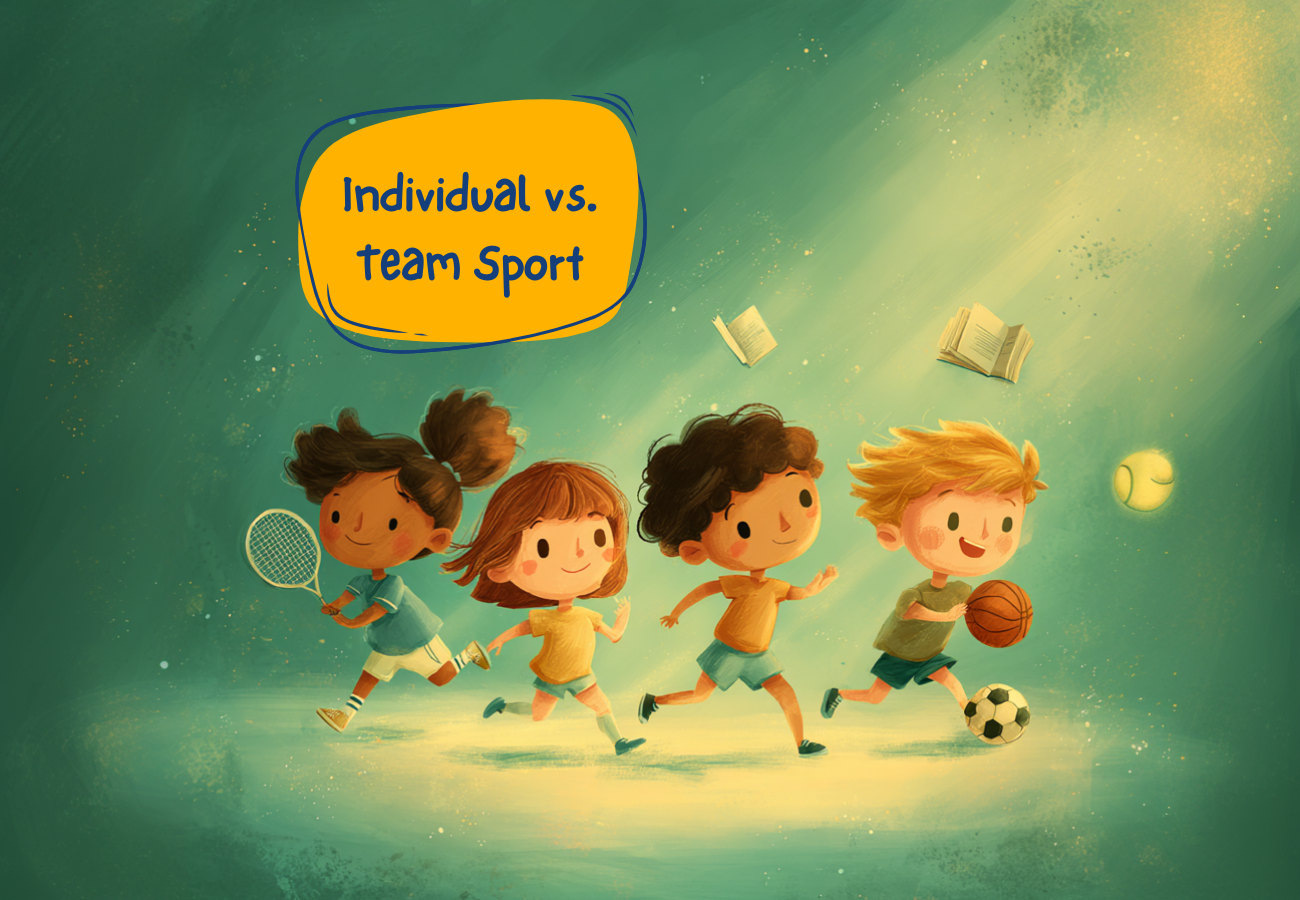
Individual vs. Team Sport Activities for Your Kids: Pros and Cons
Helping children stay active and healthy often starts with sports. But deciding between individual or team sports can be tricky. Each type offers unique experiences and developmental benefits, but also has potential drawbacks. Understanding the differences can help you make informed choices based on your child’s personality, interests, and abilities. What Are Individual Sports? Individual […]
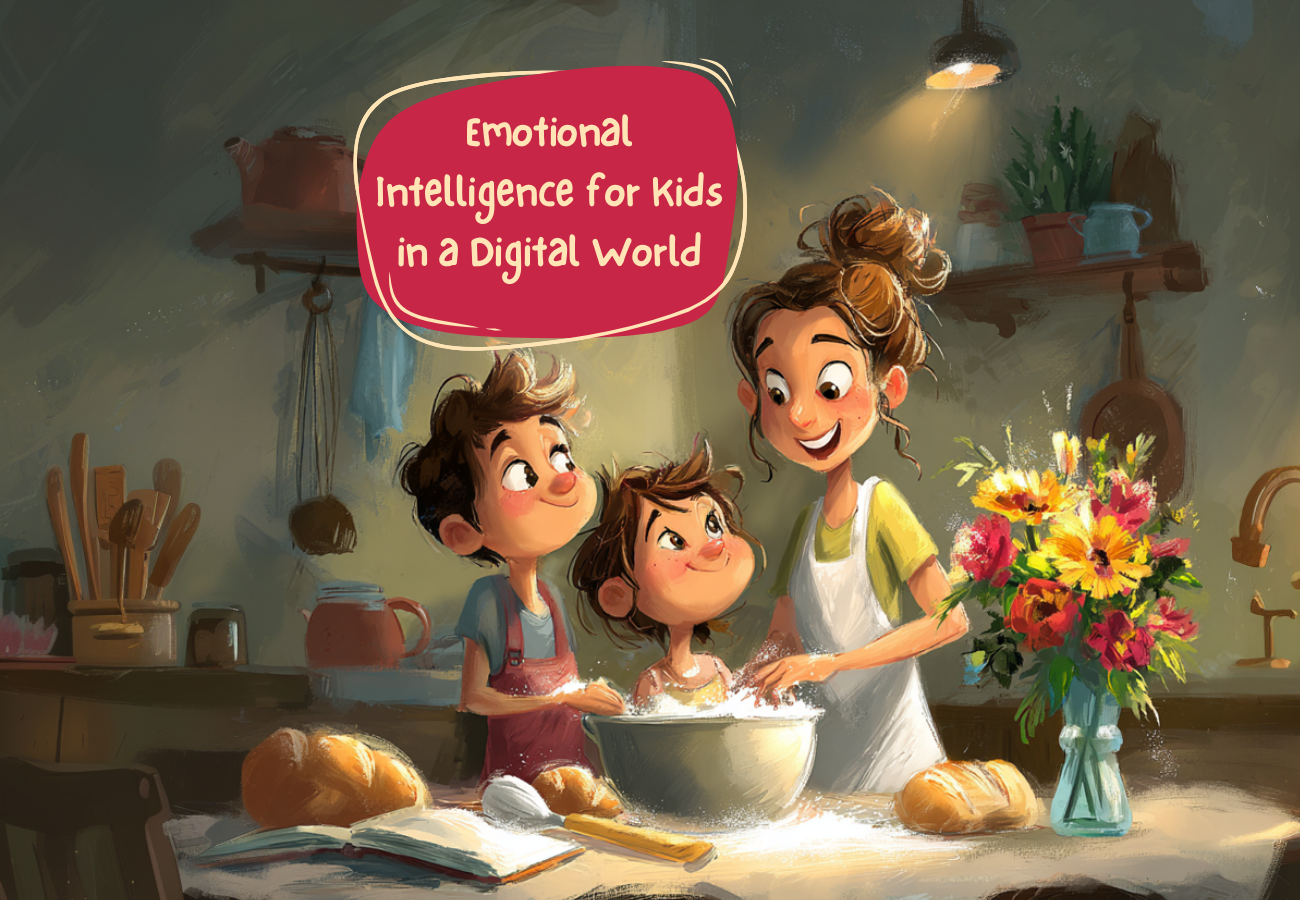
How to Nurture Your Child’s Emotional Intelligence in the Digital Age
Raising children today is nothing like it was in the 90s. Children in the 90s spent the majority of their time playing outdoors with neighbors or going to the local library or the beach. In that era, screen time mostly centered around TV, cable, or video games. But things are quite different in 2025. Kids […]



